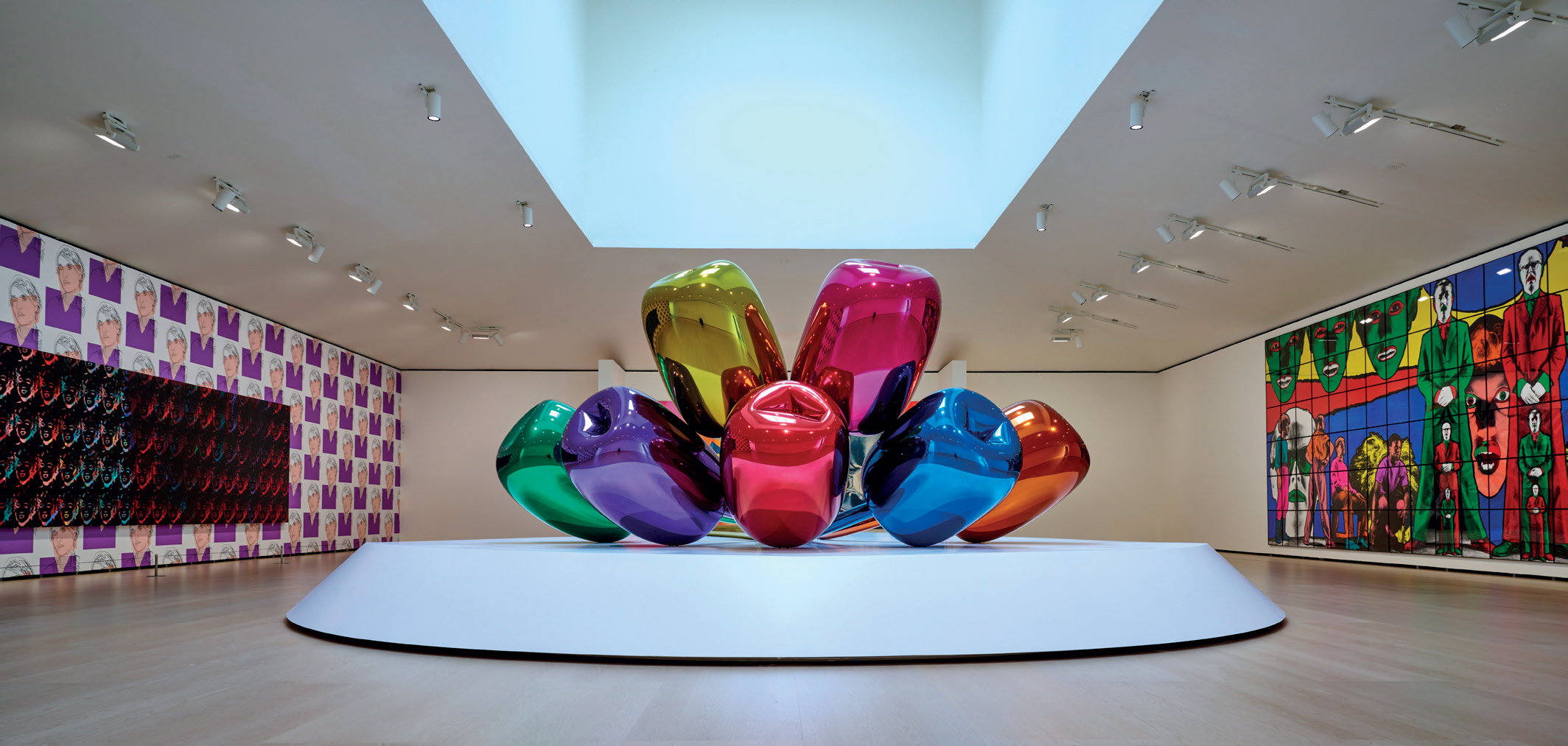
Lithography was invented in Germany in 1796 by the playwright and composer Aloys Senefelder (b. 1771; d. 1834). At first, this technique served him to print his musical scores, as it was a more cost-effective medium than engraving.
The process consists of drawing with a greasy crayon over a limestone slab (sturdier than metal plates), which enables the image to be printed almost endlessly.
In the late 19th century, due to the quality and durability of the plates, and after some improvements in the technique, color was introduced in lithography, which then became a popular means for the advertising industry. Artists soon started to venture into designing posters as well as covers for books and magazines.
Lithography blurred the line between high and low art, and the prints created to be publicly displayed in the streets started to attract the interest of collectors.
EDVARD MUNCH. JEALOUSY
Well-known for his existential painting The Scream (1893), Edvard Munch (b. 1863; d. 1944) was celebrated during his lifetime for his innovative color lithographs and his “jigsaw” woodcuts, where he sectioned the woodblock, inked the pieces separately, and then reassembled them and printed different colors at once.
Munch’s prints were more accessible to different audiences than his paintings, and due to their reproducibility, they also became a source of income. They conveyed the same expressiveness as his paintings through wavy lines and the wood grain’s materiality, highlighting some areas of the composition.
The print Jealousy (1896, gallery 207) shows one of the motifs that Munch reworked on several occasions. Over the years he did various versions of this subject in paintings and hand-colored lithographs.
Look closely at the man on the foreground and the way in which Munch attempted to convey his state of jealousy through the blackened area surrounding his face.
Image from the documentary film Images in stone, Wood and copper. #4 Printmaking: Lithography by the Collection of Prints and Drawings of the Museum of Fine Arts, Budapest (2024)
